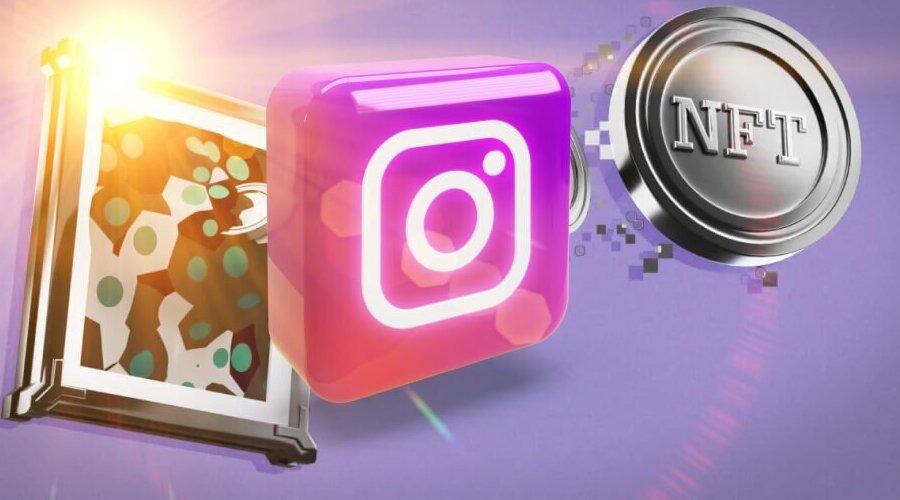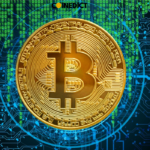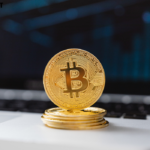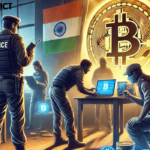
Digital collectibles: Impact on traditional collecting
In today’s digital age, the concept of collecting has undergone a remarkable transformation with the rise of digital collectibles. These unique and intangible assets have gained popularity, challenging the traditional notion of collecting physical items. In this article, we will explore the impact of digital collectibles on the world of traditional collecting, examining the opportunities and challenges they bring. Introduction Digital collectibles, also known as non-fungible tokens (NFTs), are unique digital assets that can be bought, sold, and traded. They are typically based on blockchain technology, which provides a decentralized and transparent system for verifying ownership and authenticity. Unlike cryptocurrencies such as Bitcoin, which are interchangeable, digital collectible are unique and cannot be replicated. Types of Digital Collectibles Digital collectible can come in various forms, including: Authenticity and Ownership One of the key features of digital collectibles is the ability to verify their authenticity and ownership. Blockchain technology ensures that each digital collectible has a unique digital signature, making it easily verifiable. Additionally, ownership records are stored on the blockchain, providing a transparent and immutable ledger of transactions. Rise of Digital Collectibles Impact on Traditional Collecting The rise of digital collectibles has had a profound impact on the world of traditional collecting. One significant advantage of digital collectibles is their accessibility and affordability. Unlike physical collectibles that often require substantial financial investment, digital collectibles can be bought, sold, and traded with ease, eliminating the barriers to entry for many collectors. Additionally, the digital nature of these collectibles ensures their preservation and durability over time, eliminating concerns related to physical degradation or damage. Furthermore, digital collectibles foster a sense of community and social interaction among collectors. Online platforms and marketplaces dedicated to digital collectibles provide spaces for enthusiasts to connect, trade, and share their collections. This virtual community aspect enhances the overall experience of collecting, allowing individuals from all corners of the world to engage with one another and discuss their shared interests. The perception of value in collecting is also undergoing a significant shift with the emergence of digital collectibles. While traditional collectors often associate value with rarity, physicality, and historical significance, digital collectibles challenge these notions. The value of digital collectibles is often derived from their scarcity, uniqueness, and the perceived value attributed to them by the community. This shift opens up new possibilities for collectors, as they can explore and appreciate different forms of value in the digital realm. Challenges and Considerations Despite the many advantages digital collectible offer, several challenges and considerations need to be addressed. One key concern is the issue of digital ownership and authenticity. Unlike physical items that can be held and examined, digital collectible exist as files stored on digital devices or in the cloud. Ensuring the provenance and authenticity of these digital assets is crucial to maintain trust within the collecting community. Another consideration is the environmental impact of digital collectible. The energy consumption associated with blockchain technology and the mining of cryptocurrencies used in transactions have raised concerns about sustainability. Finding ways to minimize this impact while still enjoying the benefits of digital collecting is an ongoing challenge. Moreover, legal and copyright issues can arise in the world of digital collectible. The ease of replicating and distributing digital assets raises questions about intellectual property rights and ownership. Artists and creators need to establish clear guidelines and rights management systems to protect their work and ensure fair compensation. Future Outlook Conclusion The rise of digital collectibles has transformed the landscape of traditional collecting. The accessibility, preservation, community-building, and evolving perceptions of value associated with digital collectibles have reshaped the collecting experience. While challenges such as digital ownership, environmental impact, and legal considerations persist, the future holds immense potential for integrating digital and traditional collecting practices. As technology advances, collectors can look forward to new and exciting possibilities that bridge the digital and physical realms. FAQs 1. What are digital collectibles? Digital collectibles, also known as non-fungible tokens (NFTs), are unique digital assets that utilize blockchain technology to establish ownership and authenticity. They can be anything from digital artwork, virtual trading cards, virtual real estate, to virtual fashion items. 2. How do digital collectibles differ from traditional collectibles? Digital collectibles exist purely in the digital realm, while traditional collectibles are physical objects. Digital collectibles offer advantages such as accessibility, affordability, preservation, and community interaction, but they also present challenges regarding digital ownership and environmental impact. 3. Are digital collectibles as valuable as physical ones? The value of digital collectibles is derived from their scarcity, uniqueness, and perceived value attributed by the community. While traditional collectors often associate value with rarity, physicality, and historical significance, digital collectibles challenge these notions by introducing new forms of value in the digital realm. 4. Can digital collectibles be displayed or showcased? Yes, digital collectibles can be displayed or showcased using various technologies such as augmented reality (AR) and virtual reality (VR). These technologies allow collectors to create hybrid experiences, showcasing their digital collectibles alongside their physical collections. 5. What platforms are available for buying and selling digital collectibles? There are several platforms and marketplaces dedicated to buying and selling digital collectibles. Some popular examples include OpenSea, Rarible, SuperRare, and NBA Top Shot.






